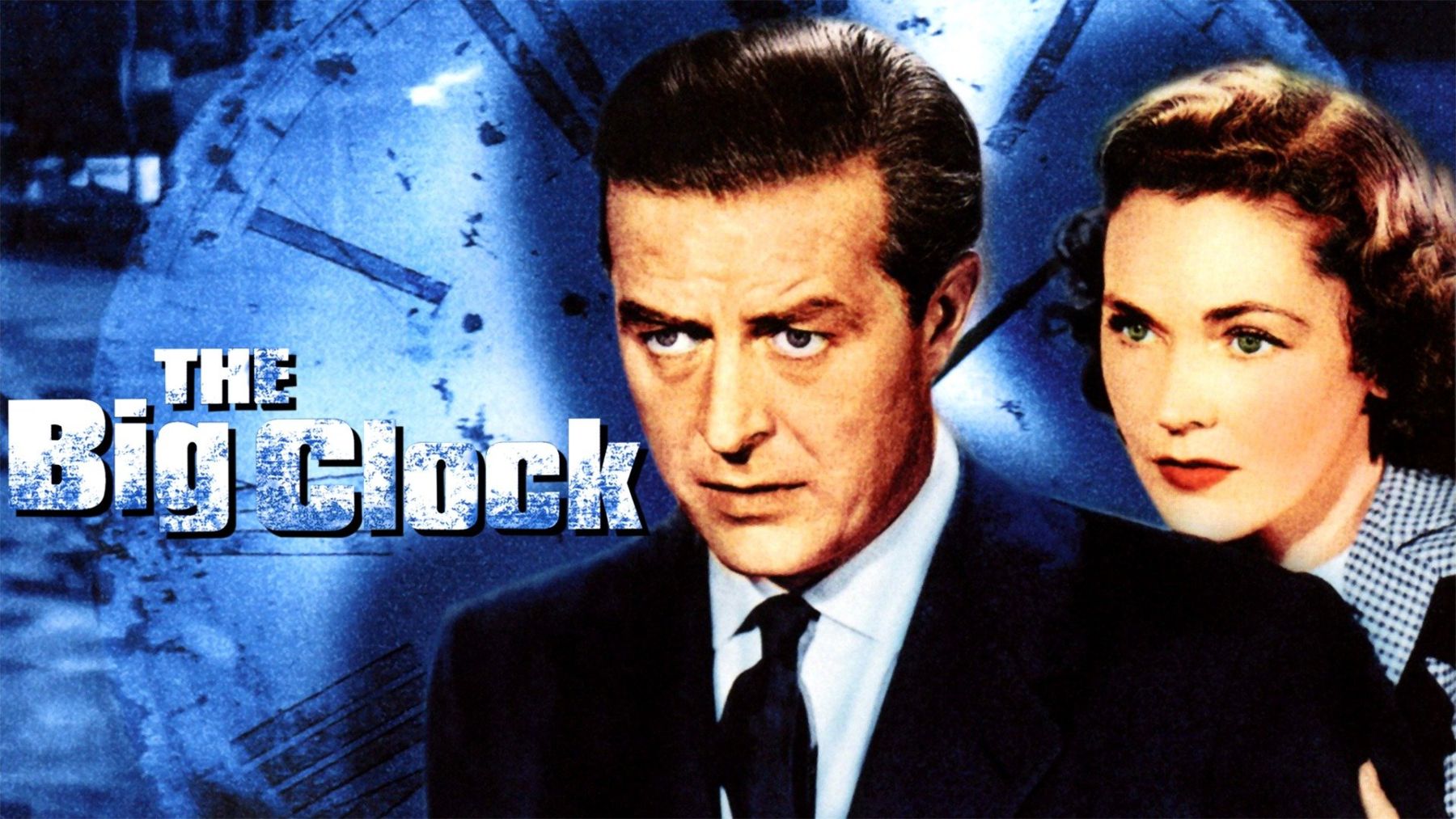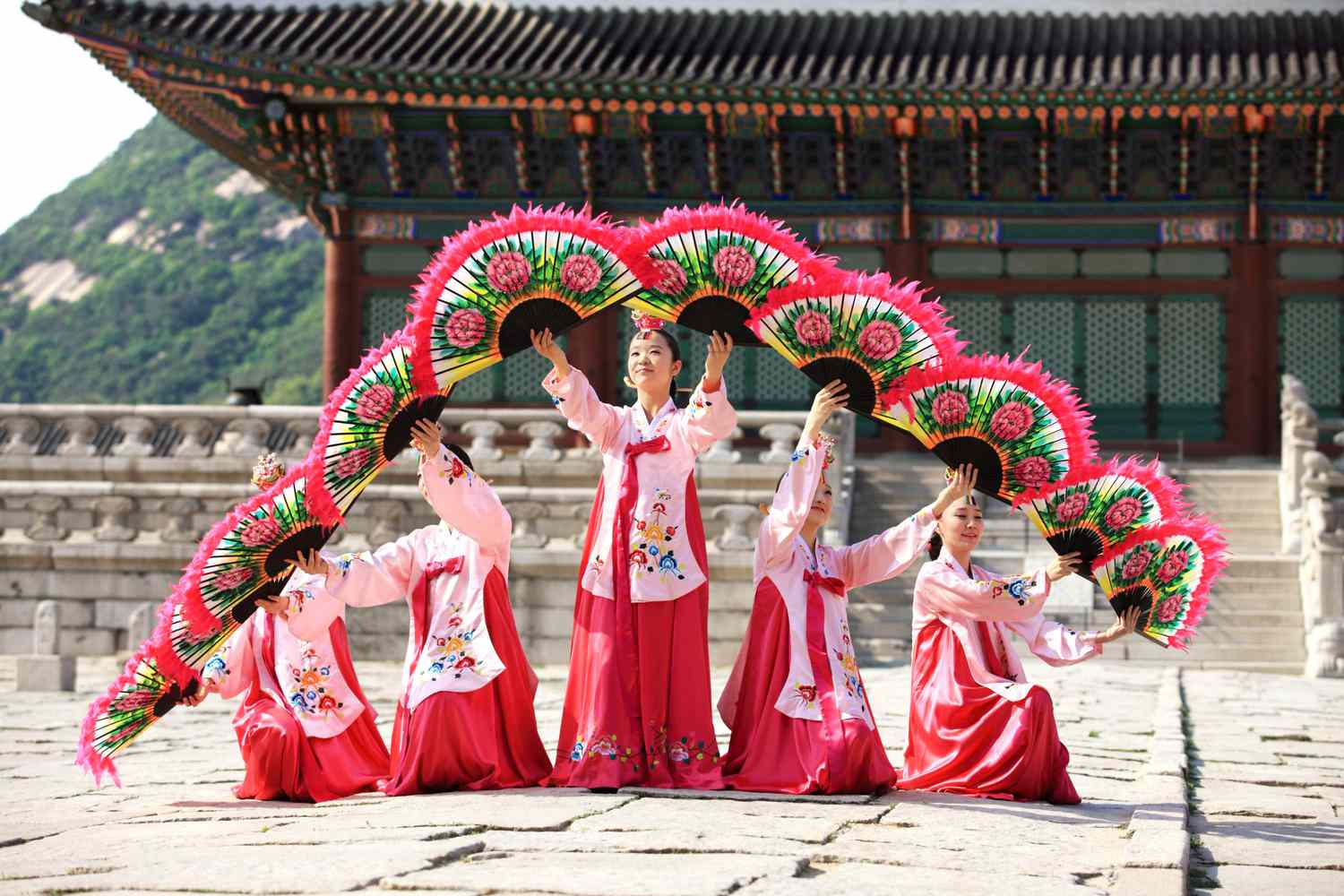
The Big Clock is a classic film noir released in 1948, directed by John Farrow and starring Ray Milland, Charles Laughton, and Maureen O’Sullivan. This gripping thriller, based on the novel by Kenneth Fearing, tells the story of George Stroud, a magazine editor who becomes entangled in a web of deceit and murder. As the plot unfolds, Stroud finds himself framed for a crime he didn’t commit, desperately trying to unravel the truth before it’s too late. With its atmospheric cinematography, tense pacing, and stellar performances, The Big Clock has become a beloved icon of the genre, showcasing the darker side of human nature and the consequences of lies and manipulation. In this article, we will dive into 44 fascinating facts about this captivating film, exploring its production, cast, and unique behind-the-scenes tidbits that will surely delight any fan of classic cinema.
Key Takeaways:
- The Big Clock” is a classic film noir thriller released in 1948, featuring a gripping plot, stylish cinematography, and a timeless exploration of moral ambiguity.
- The movie’s expert pacing, stellar performances, and iconic clock motif make “The Big Clock” a must-see for fans of suspenseful storytelling and film noir classics.
The Big Clock was released in 1948.
The movie is a film noir thriller based on the novel of the same name by Kenneth Fearing.
The movie was directed by John Farrow.
Farrow was known for directing suspenseful films, and he brought his unique vision to The Big Clock.
The Big Clock stars Ray Milland.
Milland plays George Stroud, a magazine editor who becomes entangled in a murder investigation.
Charles Laughton portrays Earl Janoth.
Laughton’s portrayal of the powerful and ruthless publishing tycoon adds a layer of intrigue to the film.
Maureen O’Sullivan plays Georgette Stroud.
O’Sullivan’s character is George Stroud’s wife, who becomes caught in the dangerous web of lies.
The movie was praised for its stylish cinematography.
The film features stunning black and white visuals that enhance the mysterious atmosphere.
Burgess Meredith delivers a memorable performance as Steve Hagen.
Meredith’s character is a witty and cunning detective who aids George Stroud in his investigation.
The Big Clock has been described as a classic film noir.
It perfectly captures the genre’s characteristic themes of crime, deceit, and moral ambiguity.
The movie explores the consequences of compromising one’s moral values.
George Stroud finds himself torn between his loyalty to his employer and his desire to find justice.
The Big Clock’s plot revolves around a murder cover-up.
George Stroud is unwittingly pulled into the web of lies and must navigate a dangerous game of cat and mouse.
The film’s screenplay was written by Jonathan Latimer.
Latimer’s adaptation of Kenneth Fearing’s novel is praised for its suspenseful storytelling.
The movie was a commercial success.
It received positive reviews and performed well at the box office, solidifying its status as a film noir classic.
The Big Clock was nominated for an Academy Award.
The film received a nomination for Best Original Score, highlighting its exceptional musical soundtrack.
The movie features an iconic clock motif.
The clock becomes a symbol of time running out for George Stroud as he races against the clock to clear his name.
The film’s production design creates a noir atmosphere.
The sets and costumes reflect the dark and moody aesthetic commonly associated with film noir.
The Big Clock showcases the talents of legendary composer Victor Young.
Youth’s score adds tension and intensity to the film’s most suspenseful moments.
The movie explores the theme of identity.
George Stroud is forced to confront who he really is as his world unravels around him.
The Big Clock is a gripping and tightly paced thriller.
The film keeps audiences on the edge of their seats as the tension builds with each passing minute.
The movie’s twist ending will leave you guessing until the very last second.
Prepare to be shocked by the unexpected turn of events in the thrilling climax of The Big Clock.
The Big Clock remains a beloved classic in film noir canon.
Its compelling story and exceptional performances continue to captivate audiences to this day.
The movie’s black and white cinematography adds to its noir atmosphere.
The contrast and shadows create a visual style that perfectly complements the dark and mysterious narrative.
The Big Clock was remade in 1987 as No Way Out.
The remake starred Kevin Costner and updated the story to a Cold War-era thriller.
The film’s title refers to the oversized clock in the lobby of the publishing company.
It becomes a menacing symbol of time ticking away and adding pressure to George Stroud’s predicament.
The Big Clock showcases the complexities of human nature.
Each character has their own motivations and secrets, leading to a web of deception and suspense.
The movie’s pacing is expertly crafted to keep the audience engaged throughout.
From the opening scene to the climactic finale, The Big Clock is a rollercoaster of suspense.
The film explores the blurred line between right and wrong.
As George Stroud investigates the murder cover-up, he is forced to question his own moral compass.
The Big Clock features stellar performances from the entire cast.
Each actor brings depth and nuance to their characters, making for a captivating viewing experience.
The movie’s dialogue is sharp and filled with memorable lines.
From the witty banter between George Stroud and Steve Hagen to Earl Janoth’s menacing threats, the dialogue is a standout feature.
The Big Clock is a masterclass in suspenseful storytelling.
Director John Farrow expertly ramps up the tension, leaving audiences on the edge of their seats.
The movie’s cinematography captures the essence of film noir.
The visual style and use of shadows create a captivating and atmospheric experience.
The Big Clock’s score enhances the film’s suspenseful moments.
Victor Young’s music adds to the tension and elevates the overall viewing experience.
The movie delves into the dark underbelly of power and corruption.
As George Stroud uncovers the truth, he realizes the extent of the corruption at the heart of Janoth’s empire.
The Big Clock keeps audiences guessing until the very end.
With its intricate plot and surprising twists, the film is a constant source of suspense.
The movie explores themes of paranoia and obsession.
George Stroud becomes consumed by his search for the truth, leading him down a dangerous path.
The Big Clock was ahead of its time in its portrayal of strong female characters.
Georgette Stroud and Pauline York play key roles in the narrative and are not simply relegated to background characters.
The film’s lighting and cinematography create a sense of claustrophobia and tension.
Every frame is carefully composed to heighten the suspenseful atmosphere.
The Big Clock’s influence can be seen in countless films and television shows.
Its contribution to the film noir genre solidifies its place in cinematic history.
The movie’s intricate plot keeps audiences engaged from start to finish.
With its twists and turns, The Big Clock is a true example of a suspenseful thriller.
The film’s gripping narrative is complemented by strong character development.
Each character is given depth and complexity, making them more than just archetypes.
The Big Clock’s dark and moody atmosphere is enhanced by its exceptional production design.
The sets and costumes transport viewers into a world of deception and intrigue.
The movie’s themes of fate and destiny are deftly woven into the narrative.
George Stroud’s choices and actions ultimately shape his own fate.
The Big Clock is a prime example of film noir’s exploration of moral ambiguity.
It challenges traditional notions of right and wrong, leaving audiences to question the characters’ motives.
The film’s expert pacing keeps viewers engaged and invested in the story.
There are no wasted moments in The Big Clock, as every scene drives the plot forward.
The Big Clock stands the test of time as a classic film noir.
Its gripping story, talented cast, and stylish direction continue to captivate audiences decades after its release.
Conclusion
The Big Clock is a captivating film that combines elements of suspense, drama, and mystery. Its intricate plot, brilliant performances, and stylish direction make it a must-watch for movie lovers. With its unique narrative structure and clever use of time, The Big Clock keeps viewers on the edge of their seats until the very end. From its memorable characters to its stunning cinematography, this movie has stood the test of time and continues to be a classic in the film noir genre. Whether you’re a fan of thrilling mysteries or simply appreciate a well-crafted story, The Big Clock promises to deliver an exhilarating cinematic experience.
FAQs
1. What is the plot of The Big Clock?
The Big Clock follows a magazine editor who becomes the prime suspect in a murder case he is investigating. As he struggles to solve the crime and clear his name, he becomes entangled in a web of deceit and betrayal.
2. Who are the main actors in The Big Clock?
The film stars Ray Milland as George Stroud, a magazine editor, and Charles Laughton as Earl Janoth, the ruthless publishing tycoon. Maureen O’Sullivan, George Macready, and Elsa Lanchester also deliver compelling performances in supporting roles.
3. When was The Big Clock released?
The movie was released in 1948, during the golden age of film noir. It was directed by John Farrow and based on the novel of the same name by Kenneth Fearing.
4. What makes The Big Clock a classic film noir?
The Big Clock exhibits all the hallmark traits of film noir – the shadowy visuals, morally ambiguous characters, and a suspenseful plot filled with twists and turns. Its dark atmosphere and psychological tension make it a quintessential example of the genre.
5. Is The Big Clock worth watching?
Absolutely! The Big Clock is a masterfully crafted film that has stood the test of time. Its compelling storyline, stellar performances, and stylish direction make it a must-see for fans of classic cinema and film noir enthusiasts alike.
If you enjoyed learning about "The Big Clock," don't miss our other fascinating articles! Discover more about the charming Ray Milland in "45 Facts About The Movie The Major And The Minor." Dive into a gripping murder mystery with "35 Facts About The Movie Manhattan Murder Mystery." For a glimpse into the 1940s music scene, check out "13 Facts About Glenn Miller." Uncover captivating stories, behind-the-scenes secrets, and intriguing details that will leave you craving more cinematic knowledge.
Was this page helpful?
Our commitment to delivering trustworthy and engaging content is at the heart of what we do. Each fact on our site is contributed by real users like you, bringing a wealth of diverse insights and information. To ensure the highest standards of accuracy and reliability, our dedicated editors meticulously review each submission. This process guarantees that the facts we share are not only fascinating but also credible. Trust in our commitment to quality and authenticity as you explore and learn with us.


